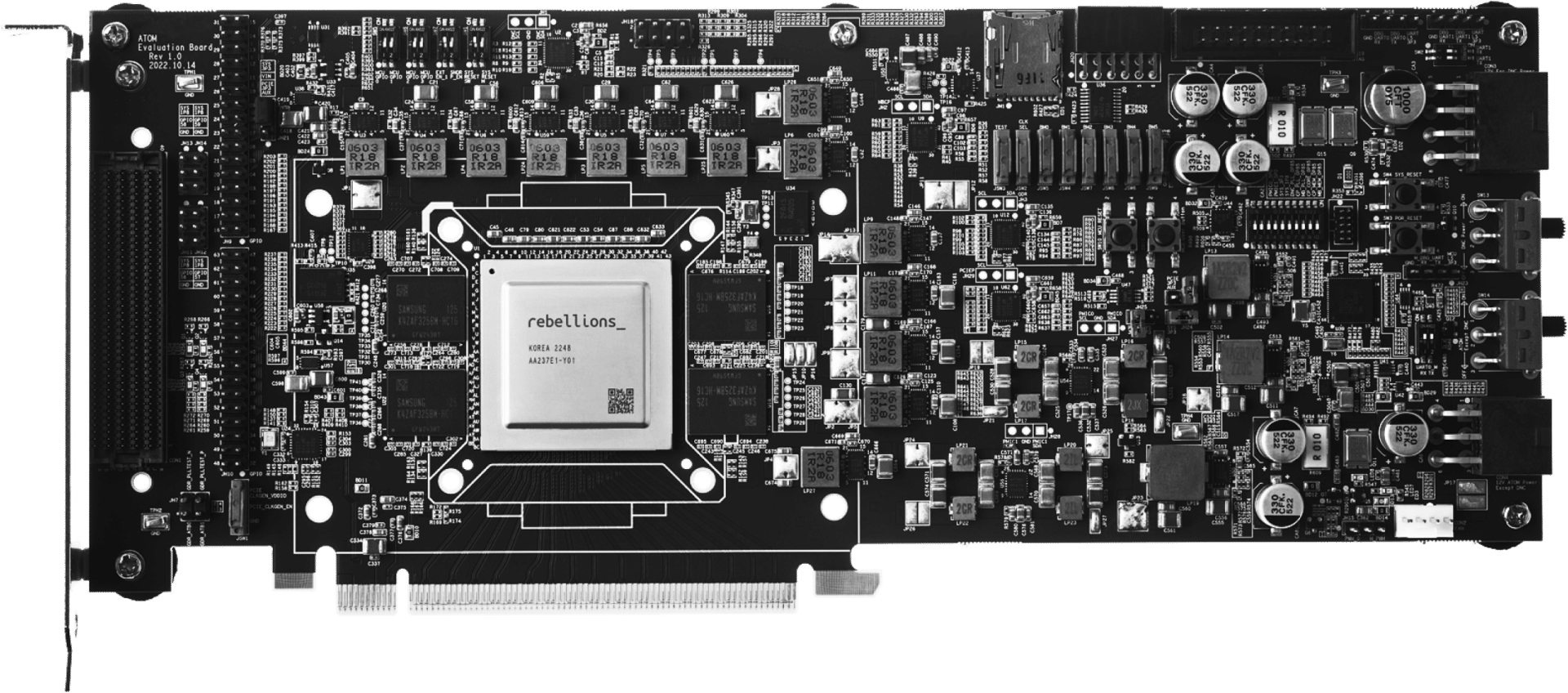The optimised artificial intelligence (AI) chip supports advanced computer vision and chatbot AI with top performance and energy efficiency.

Rebellions Inc has launched an artificial intelligence (AI) chip, ATOM, that claims to bring a revolutionary change in AI technology. The company says the chip is optimised for computer vision and chatbot AI applications. By focusing on specific tasks, the chip consumes only approximately 20% of the power required by other similar chips for those particular tasks. The chip bridges latency-critical Machine Learning (ML) tasks and hyper-scale ML services. The company claims the System on Chip (SoC) is a high-speed inference machine ideal for training models used in generative AI applications, such as ChatGPT. The chip supports cutting-edge AI networks, including state-of-the-art GPT language models, with top performance and energy efficiency. The chip is designed to meet the rigorous demands of complex AI services by incorporating multi-instance partitioning and secure boot features.
According to the company, the SoC efficiently accelerates diverse neural networks like convolutional neural networks (CNNs), long short-term memory (LSTM), bidirectional encoder representations from transformers (BERT) and recent transformer networks such as T5, GPTs, etc. ATOM allows simultaneous support for up to 16 isolated jobs at different hardware and software levels through efficient partitioning. Maximised energy efficiency is achieved by implementing a low-power design methodology and utilising tidy core structures. The AI core can accommodate networks with different depths and complexities, ranging from small-scale applications to high-level data centre services.
ATOM is powered by Samsung Electronics’ cutting-edge Extreme Ultraviolet (EUV) process node, ensuring optimal performance and energy efficiency. With advanced technologies like Peripheral Component Interconnect Express (PCIe) Generation 5 (Gen5) and Graphics Double Data Rate 6 (GDDR6) high-speed IO, the processor caters to various markets, from edge computing to data centres.
For more information, click here.







